Mobile optimization is the act of ensuring that users who access your site via mobile devices receive an easy-to-navigate & optimized experience. It is all about getting your mobile site to load quickly and without problems, as well as displaying excellent content that matches the user’s search purpose. It is critical to have a faultless mobile site in today’s mobile-first design environment.
Why is Mobile SEO Important?
Mobile SEO is critical because it allows you to contact your customers at the right time and in the right place, providing them with the greatest possible experience. Mobile devices have now surpassed desktop PCs in terms of traffic generation.
People generally use the most easily accessible technology, which is usually their smartphone, to look up information quickly. They use it to learn about things before making a buying decision. Smartphone users, according to a Google study, have a stronger buying intent than desktop users.
Google’s Mobile-first Index
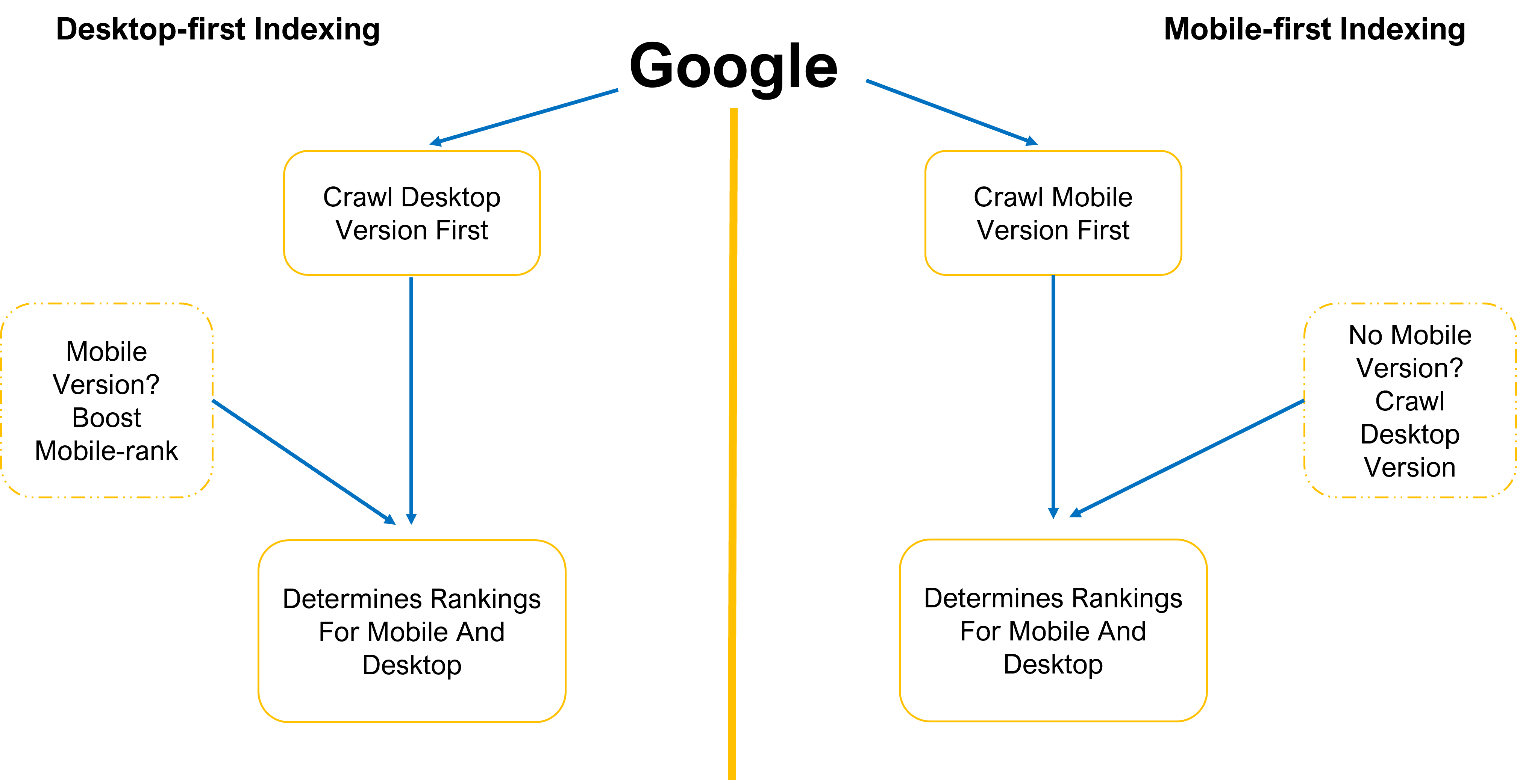 Google transitioned to a mobile-first index in July 2019, and all sites should be indexed mobile-first now. What exactly does this imply? Google will now rank websites based on the quality of their mobile versions instead of their desktop ones.
Google transitioned to a mobile-first index in July 2019, and all sites should be indexed mobile-first now. What exactly does this imply? Google will now rank websites based on the quality of their mobile versions instead of their desktop ones.
A smartphone version of Googlebot will crawl your mobile site to see if it’s up to par in terms of performance, content, and user experience. If that’s the case, you might improve your ranking.
If it is not good enough, other sites will likely rank higher than you, and you’ll lose out. Even if you’re not focusing on mobile, your mobile site will still be judged, so now is the time to act.
Mobile SEO Best Practices
Mobile SEO is all about making sure your site is crawlable and searchable, just like normal SEO. You’ll also need excellent performance, amazing content, and a faultless user experience.
Ensure all Data is Similar Across All Platforms
 This recommended practice aims to prevent duplicate material and cloaking accusations. To ensure safety, keep your content consistent across your mobile and website applications.
This recommended practice aims to prevent duplicate material and cloaking accusations. To ensure safety, keep your content consistent across your mobile and website applications.
Responsive design is one of the best ways to achieve this. Responsive mobile-first design requires creating a style sheet using media queries to allow designs to be changed fluidly across various devices and platforms.
Mobile Site Speed Should Be Fast
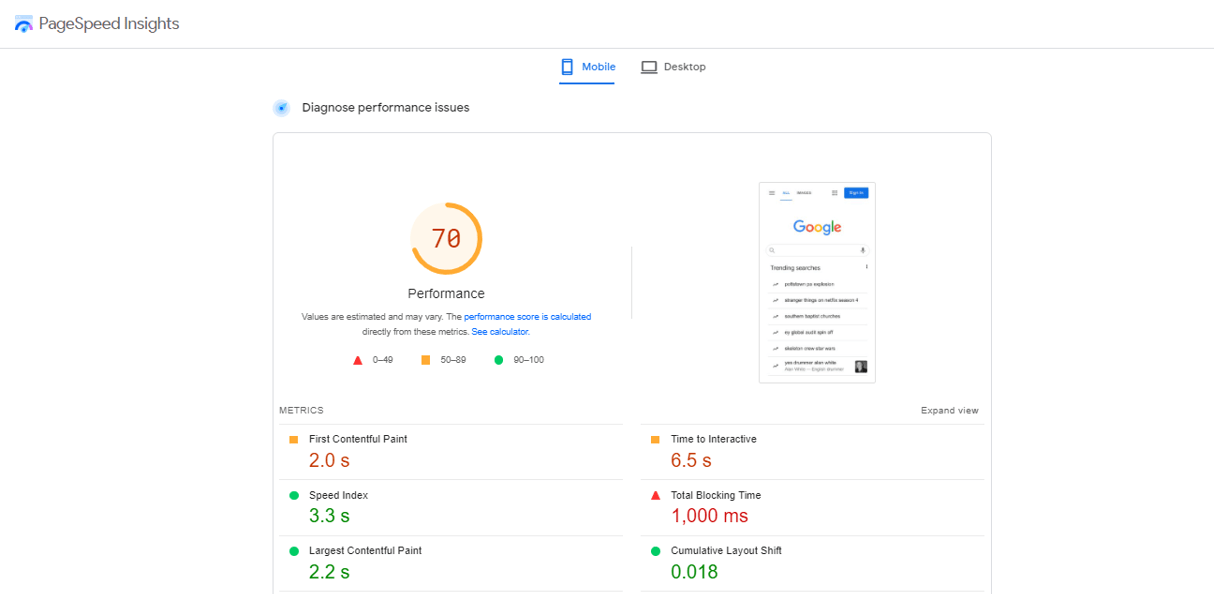 Improving site speed is one of the most critical parts of mobile SEO. Page Speed Insights tells you how quickly your website loads on mobile and desktop.
Improving site speed is one of the most critical parts of mobile SEO. Page Speed Insights tells you how quickly your website loads on mobile and desktop.
It also provides ways to improve performance. Use it with the Developer Tools on your browser to make your mobile site up to the mark.
Page performance is much more critical for mobile users than it is for desktop users because of hardware and network concerns. You should also minify code, use browser caching, and limit redirects besides optimizing pictures.
Optimize Titles and Meta Descriptions
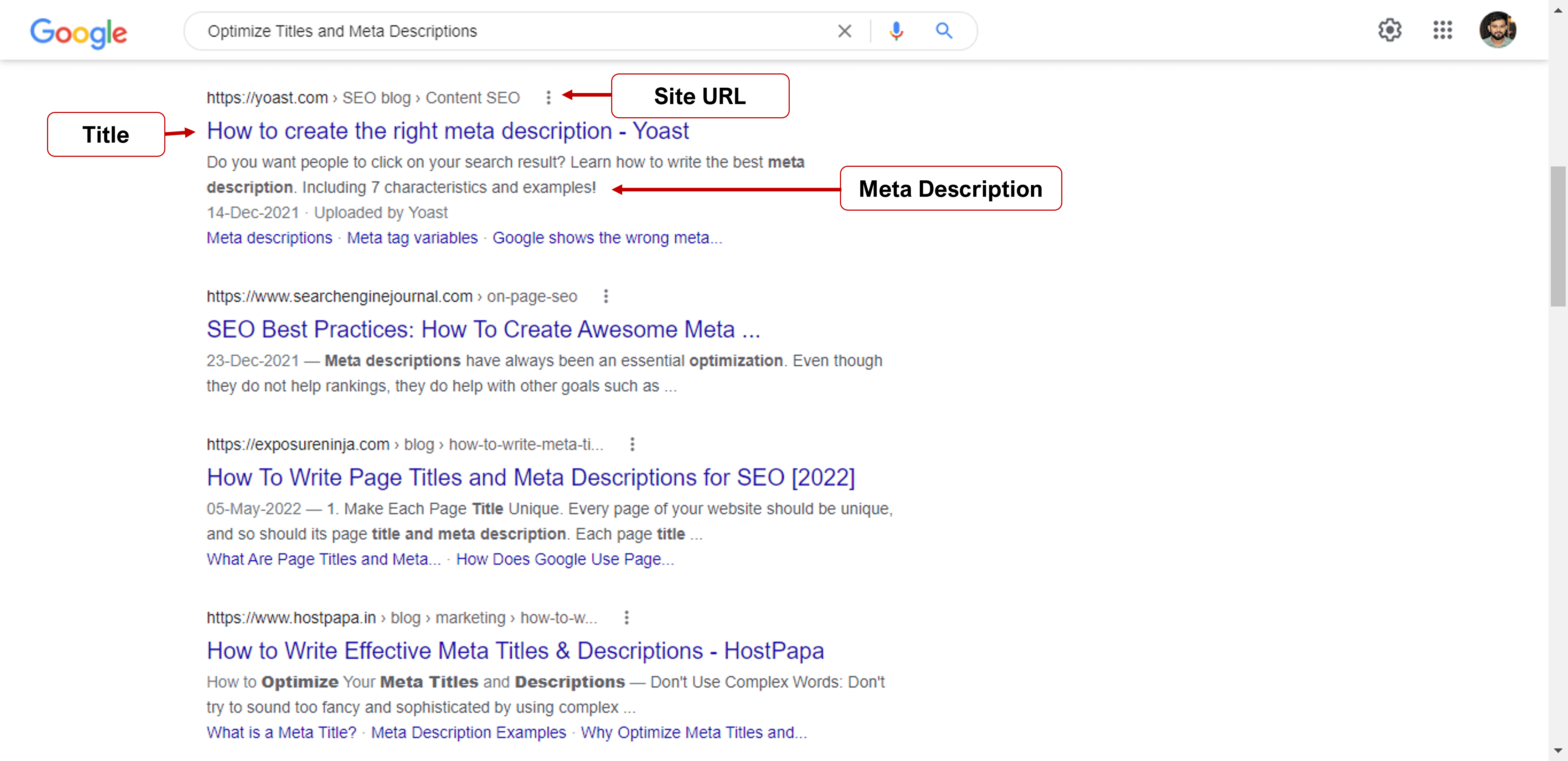 When a user searches through a mobile device, keep in mind that you have less screen space to deal with. When generating titles, URLs, and meta descriptions, be as concise as feasible (without losing the quality of the material) to show off your best work in SERPS.
When a user searches through a mobile device, keep in mind that you have less screen space to deal with. When generating titles, URLs, and meta descriptions, be as concise as feasible (without losing the quality of the material) to show off your best work in SERPS.
Don’t use too many long sentences; restrict paragraphs to four sentences or less, and use bullet points, lists, and headings to break up the material. Nothing puts a visitor off more than a large block of unformatted content.
Add Structured data to a mobile site using Schema
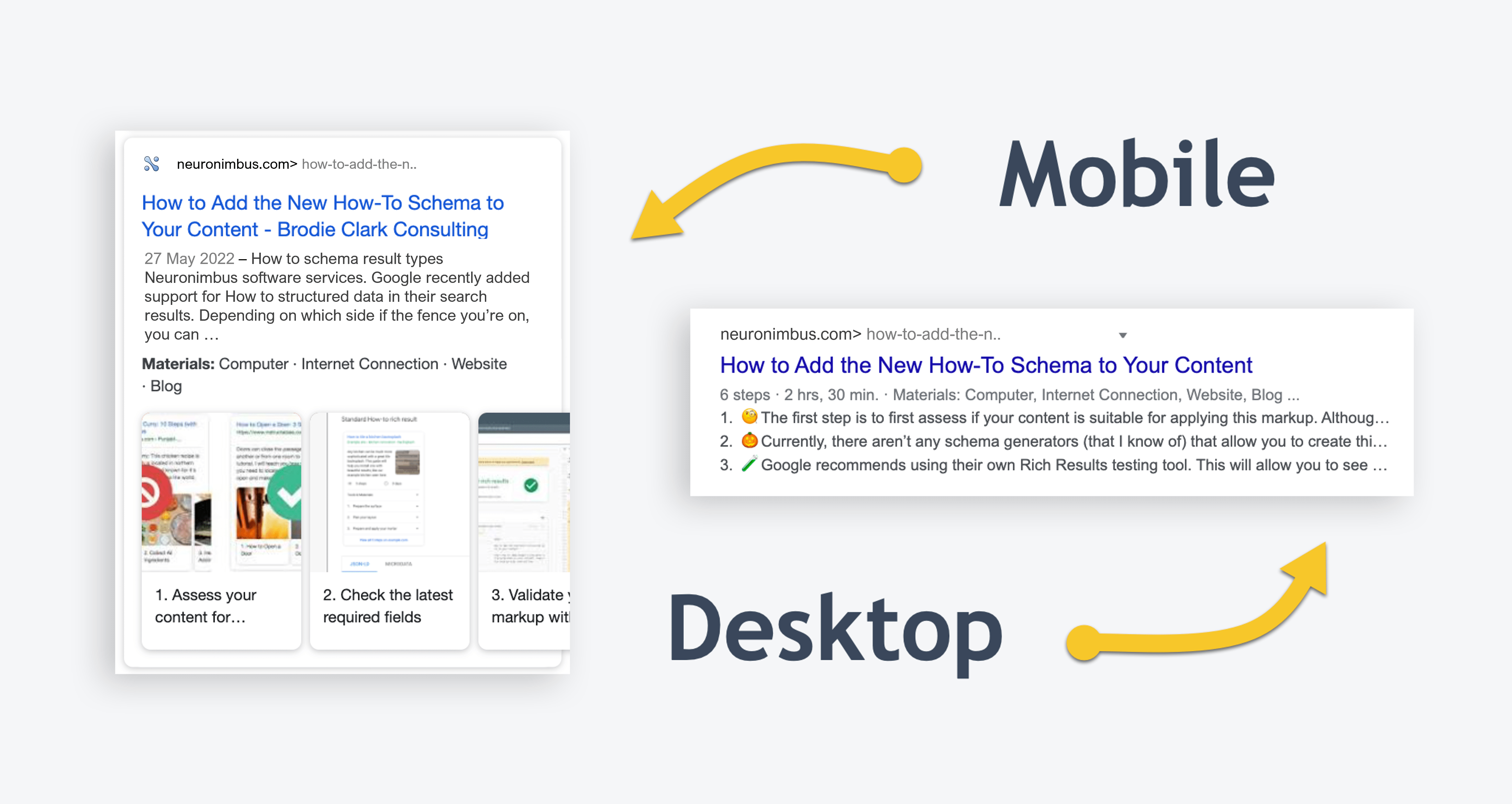 The importance of structured data cannot be overstated. You can communicate with search engines by utilizing structured data via Schema.org to describe elements of your site. Search engines can understand what the different aspects of your site signify, thanks to structured data.
The importance of structured data cannot be overstated. You can communicate with search engines by utilizing structured data via Schema.org to describe elements of your site. Search engines can understand what the different aspects of your site signify, thanks to structured data.
Search engines can use this data to provide you with highlighted search results, often known as rich results or rich snippets if done correctly. This way, your site stands out from the crowd right away, potentially leading to a higher click-through rate.
Don’t Block CSS, JavaScript, or Images
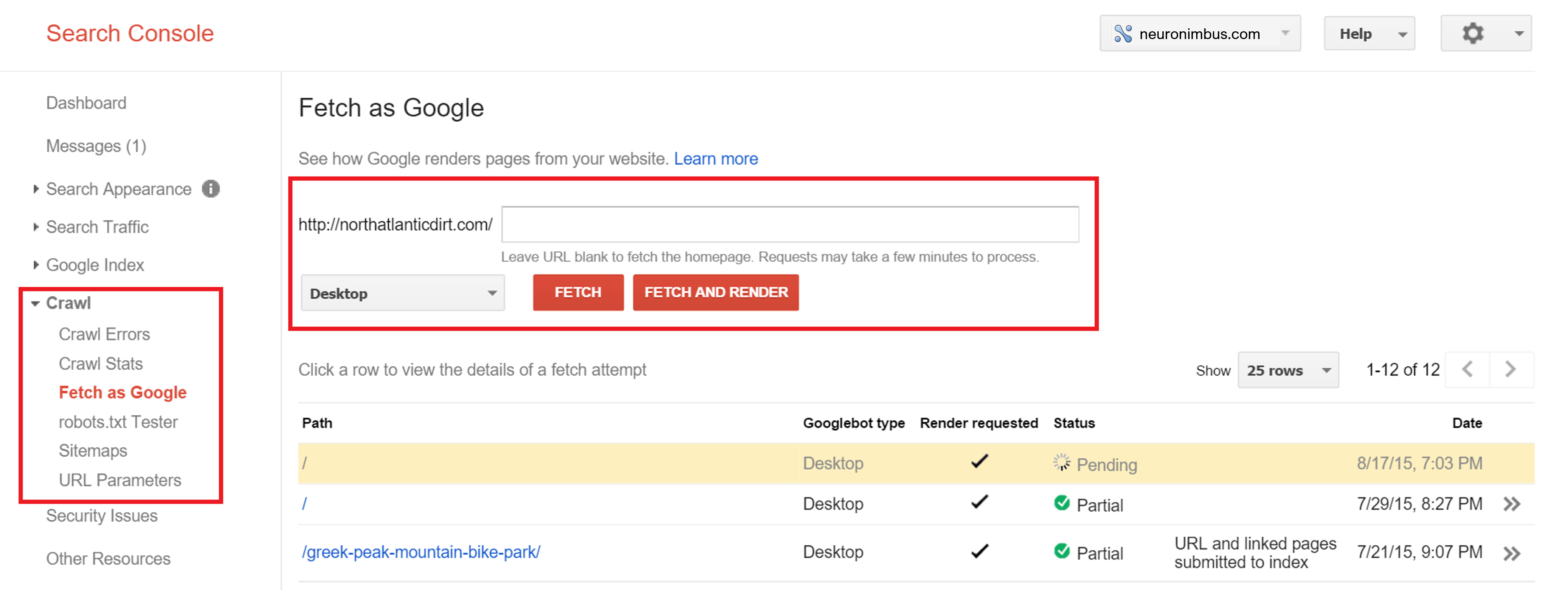 Some mobile devices couldn’t support some of these aspects in the past. Thus webmasters of mobile sites would restrict one or all of them. However, this is no longer the case mostly, and the Smartphone GoogleBot wants to see and categorize stuff in the same way that humans do.
Some mobile devices couldn’t support some of these aspects in the past. Thus webmasters of mobile sites would restrict one or all of them. However, this is no longer the case mostly, and the Smartphone GoogleBot wants to see and categorize stuff in the same way that humans do.
So, don’t keep it hidden. These characteristics are also important in determining if you have a responsive site or a separate mobile solution for Google.
Compress and Optimize Images
 This means you’ll need to make sure your images are optimized for all image sizes and resolutions. It is not possible to create a single image that is seen everywhere. You certainly can. However, it will seem deformed at resolutions for which it was not designed.
This means you’ll need to make sure your images are optimized for all image sizes and resolutions. It is not possible to create a single image that is seen everywhere. You certainly can. However, it will seem deformed at resolutions for which it was not designed.
Instead, it is advised that you use holistic SEO best practices and ensure that you develop pictures that are of good quality at all resolutions while still loading rapidly.
Optimize for Local
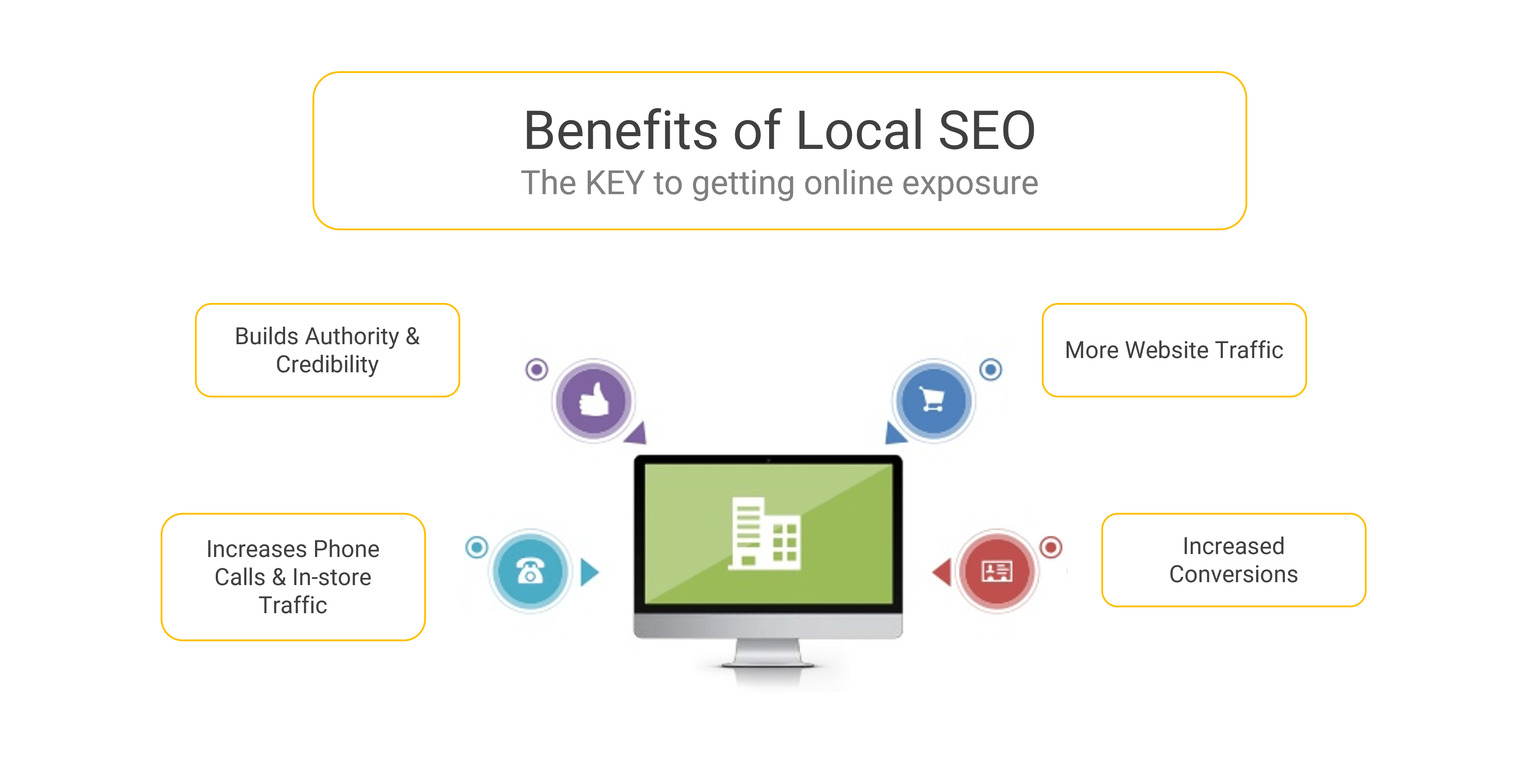 While we frequently use our smartphones at home, they are much more beneficial while we are out and about. Within a day, 76% of people who searched for anything nearby went to a related business, according to Google A sale resulted from 28% of those visits.
While we frequently use our smartphones at home, they are much more beneficial while we are out and about. Within a day, 76% of people who searched for anything nearby went to a related business, according to Google A sale resulted from 28% of those visits.
To meet that local demand, often known as “near me” searches, you’ll need to improve your local SEO. Because the results of local searches differ significantly from those of conventional desktop searches, you must know what to target and how to target it.
Top Mobile App Development Services
Google Search Console should become your best buddy. Its search tools are renowned, and they’re a huge help if you want to see how your website ranks in the search results.
Here is a list of top mobile app development services:
This ultimate guide to mobile SEO includes numerous recommendations for improving the performance of your mobile site. Because there are always fresh innovations, as well as technology that emerges and is superseded, mobile SEO should always be a work in progress. The world is constantly changing, and you must stay on top of it.
If you’re looking to outsource your business’s mobile optimization needs, Neuronimbus is here to help. Visit the website to know more!
FAQs About Mobile SEO
Q. What is mobile SEO?
A. Mobile SEO involves optimizing websites for better performance and visibility on mobile devices, ensuring a seamless user experience for users accessing sites via smartphones and tablets.
Q. Why is mobile SEO important in 2023?
A. With mobile devices generating the majority of online traffic, mobile SEO is crucial for reaching a wider audience, improving user engagement, and enhancing search engine rankings.
Q. How does Google’s mobile-first indexing impact SEO?
A. Google’s mobile-first indexing means websites are primarily ranked based on their mobile version’s performance and content, making mobile optimization a key factor in SEO strategies.
Q. What are the key elements of mobile SEO?
A. Key elements include responsive web design, fast page loading times, easy navigation, mobile-friendly content, and optimization for local search.
Q. How can I improve my website’s mobile page speed?
A. Improve mobile page speed by optimizing images, leveraging browser caching, minifying code, and using a responsive design that adapts to different device screens.
Q. What is the role of responsive design in mobile SEO?
A. Responsive design plays a critical role in mobile SEO by automatically adjusting the layout and content to fit various screen sizes, improving usability and search engine rankings.
Q. How does local optimization enhance mobile SEO?
A. Local optimization enhances mobile SEO by targeting “near me” searches, ensuring your business appears in local search results and attracts nearby customers.
Q. What tools can assist in optimizing for mobile SEO?
A. Tools like Google’s Mobile Usability tool, Mobile-Friendly Test, ScreamingFrog, and SEMrush can help identify and fix mobile SEO issues.
Q. Can structured data improve mobile SEO?
A. Yes, structured data helps search engines understand and display your content effectively, potentially leading to rich snippets that improve visibility in mobile search results.
Q. What is the importance of optimizing titles and meta descriptions for mobile SEO?
A. Optimizing titles and meta descriptions is important as it ensures they are concise and informative within the limited screen space available on mobile devices.

